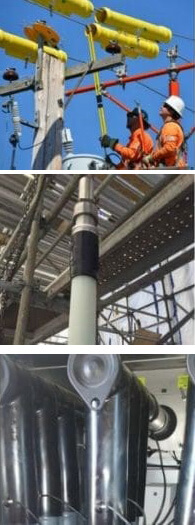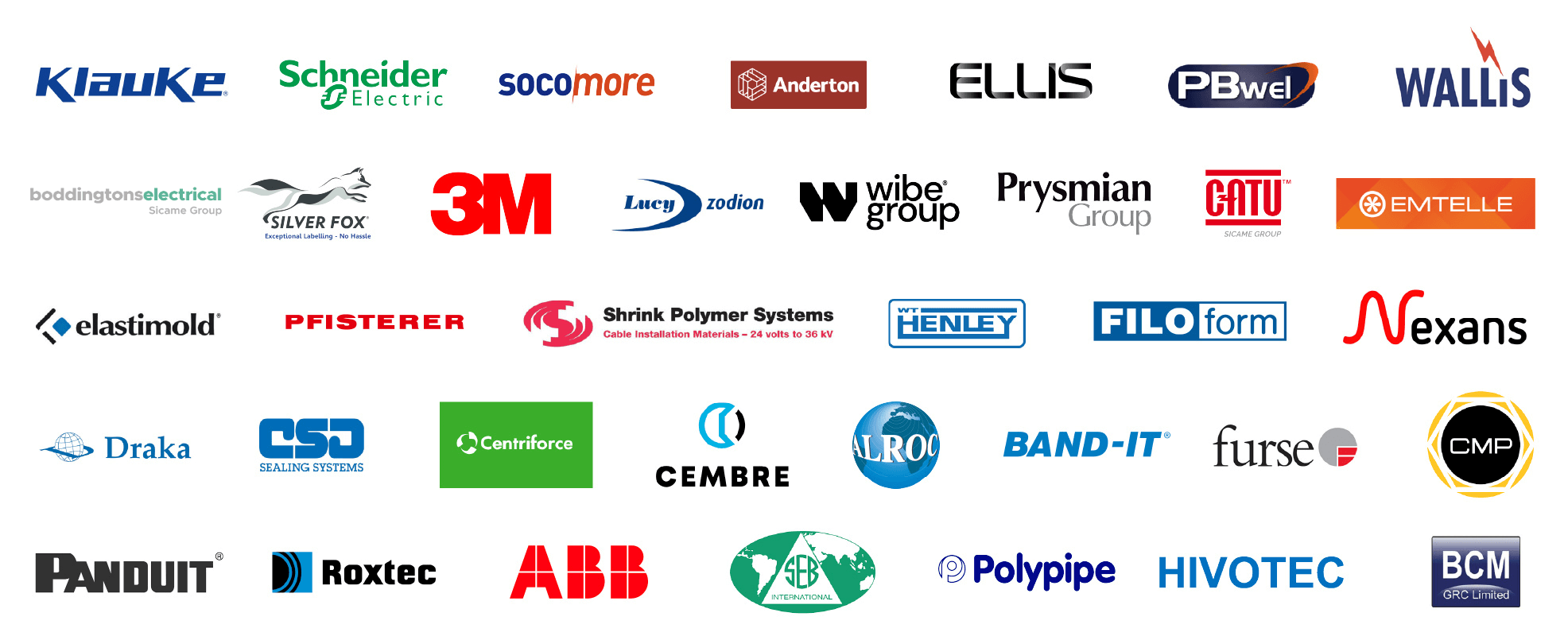First Steps | MV Joints, Jointers & Initial Considerations
Published 09 Jan 2020
MV Joints, Jointers & Initial Considerations
Before agreeing to do the requested work, the installer should ask himself if he has received adequate and relevant training, including jointer training, appropriate to:
- the system voltage;
- the cable(s) involved;
- the cable accessory type and technology.
If the honest answer is ‘no’, the installer should not continue with the work.
The cable accessory kit will normally include, in addition to the components to be installed:
- a parts list and
- an installation instruction
No work on MV cable preparation should begin until the installer is confident that all parts and materials are available and are the correct type and size to complete the installation. These should be checked against the parts list. Components with an expired ‘use by’ date should be rejected. Any required special installation tools should be checked to ensure that they are correct for the intended application and are in good working order.
Cable accessory manufacturers and suppliers all emphasise that the first and most important step in the installation process is to read the installation instruction before doing anything else. This applies even if the installer is familiar with the cable accessory type, because the manufacturer may have changed a component or a procedure.
Before being delivered to site, cables to be jointed or terminated should have been fitted with end seals to prevent moisture and other contaminants entering the cable. This is vital for polymeric cables as well as paper cables. The installer should check that the end seals are intact before starting work. The cut cable should be checked to make sure that the conductor and other components are dry.
Cables to be jointed should be positioned so that the joint will be straight when installed.
Modern cable joints, though generally made of flexible materials, are not designed to be ‘banana shaped’. If the cables cannot be set straight with each other, cable jointing work should not go ahead.
For terminations into electrical equipment, it is important that the cable can be set into the appropriate position without over-bending it or damaging the cable sheath against nearby metalwork. If possible, a short length of spare cable should be made available for trial use of cable preparation tools.
Further Reading
- Cables | MV Paper Insulated v MV Polymeric Insulated Cables
- The Installation Site | MV Cable Joints & Cable Terminations
- Cable Preparation | Jointing & Terminating Aspects of MV Cable Preparation
- Conductor Connectors | Crimp v Mechanical Connectors with Joints & Terminations
- Earth Bonding | Joints & Terminations & Overheating Prevention
- MV Cable Accessory Technologies | Heat Shrink, Cold Shrink & Push-on
- MV Cables & Causes of MV Cable Failures
- MV Cables | Electric Field & Stress Control

LV, MV & HV Jointing, Earthing, Substation & Electrical Eqpt
Thorne & Derrick International are specialist distributors of LV, MV & HV Cable Installation, Jointing, Duct Sealing, Substation & Electrical Equipment – servicing UK and global businesses involved in cable installations, cable jointing, substation, overhead line and electrical construction at LV, 11kV, 33kV and EHV.
THORNE & DERRICK Product Categories: Duct Seals | Cable Cleats | Cable Glands | Electrical Safety | Arc Flash Protection | Cable Jointing Tools | Cable Pulling | Earthing | Feeder Pillars | Cable Joints LV | Joints & Terminations MV HV






